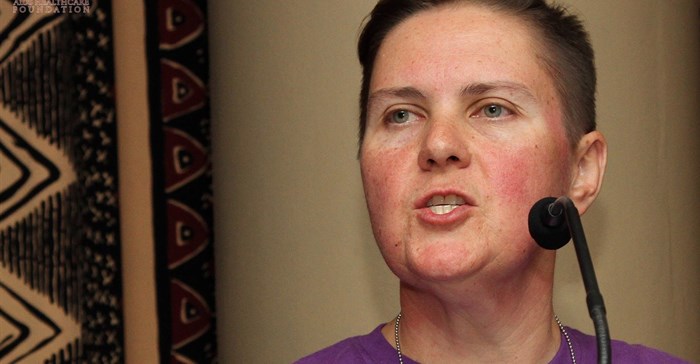
Related
Top stories






LegalKenyan court postpones case seeking to halt Diageo's $2.3bn sale of EABL
Duncan Miriri and Emma Rumney 1 day
More news












“These are alarming numbers that present a bleak picture of our fight against TB,” says Larissa Klazinga, regional policy and advocacy manager for Aids Healthcare Foundation (AHF) Southern Africa. “The statistics clearly indicate that we are not winning the war against TB and this is especially devastating when TB & HIV co-infection are considered.”
Worldwide, it is estimated that in 2015 alone, 400,000 people who had both TB and HIV died in addition to the estimated 1.8m who died from TB. Furthermore, figures show that approximately 10.4m new cases of TB occur worldwide annually – 11% of these were also people living with HIV.
“According to Stats SA, TB is the leading cause of death in South Africa,” Klazinga adds.
“Untreated, incorrectly treated, or the skipping of TB medication can lead to MDR-TB and XDR-TB, which can accelerate the disease’s deadly effect in people with HIV.”
MDR-TB is a virulent form of TB infection caused by bacteria resistant to treatment from at least two of the most powerful first-line anti-TB medications. This strain caused an estimated 480,000 new TB cases and 250,000 deaths in 2015 and accounts for 3.3% of all TB cases worldwide. Most MDR-TB cases occur in South America, Southern Africa, India, China and Russia.
“The mismanagement of TB treatment is the primary cause of TB developing into MDR,” Klazinga explains. “Social issues are very often the cause of treatment failure, for instance, the patient not having access to adequate nutrition or transport to clinics.”
“We tend to forget that some people living in rural and sub-rural areas may have to catch one, two or even three taxis to get to a clinic or hospital, having to pay anywhere between R40 and R80 for a one-way trip and leading to having to weigh up the cost of medication against putting bread on the table.”
The number of countries with reported cases of XDR-TB has risen to 100, from the initial 49 nations in 2008. XDR-TB was first widely publicised in 2006 following an outbreak in the rural hospital of Tugela Ferry when 53 patients were found to have XDR-TB, of which 52 died within 16 days of the sputum specimen collection.
“What is needed is more resources and detailed education on TB, MDR-TB, XDR-TB and the importance of continuing medication once a patient has begun their treatment,” Klazinga says.
“This needs to be done through community engagement, primary, high school and tertiary institutions along with continual follow-ups on patients, who are on medication, as this is the only way that we may reduce the amount of MDR and XDR-TB cases.”